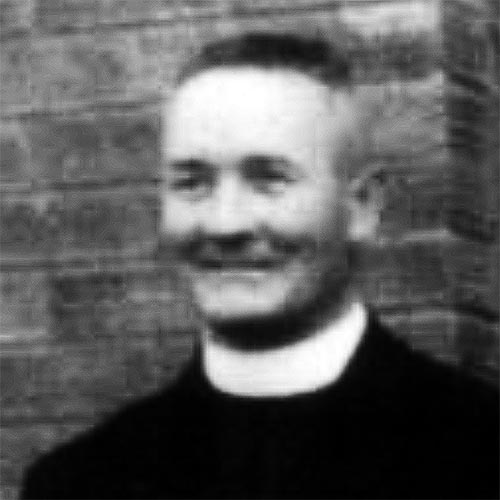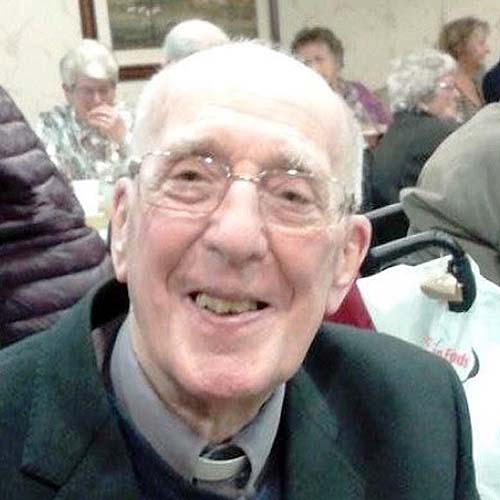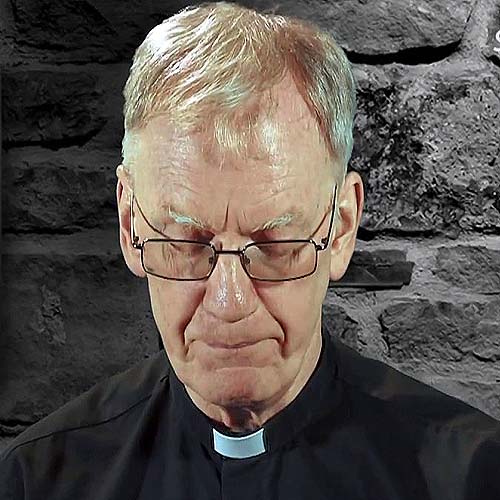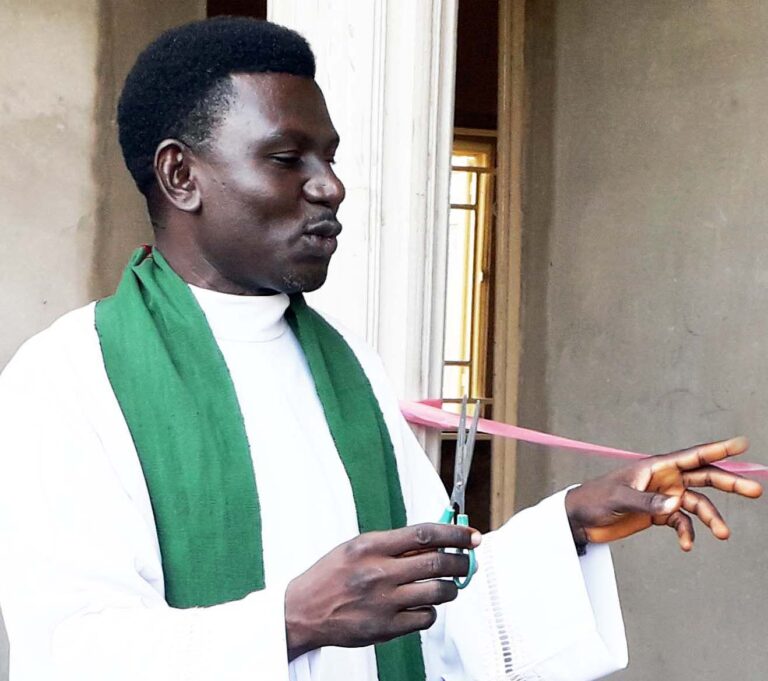
St Mary Magdalene R.C. Church
Maltby

Morrell Street, Maltby, Rotherham, S66 7LH
PARISH HISTORY
MALTBY
Located approximately 6 miles east of Rotherham, Maltby is a former mining town. It was historically in the West Riding of Yorkshire.
The place-name ‘Maltby’ is first attested in the Domesday Book of 1086, where it appears as Maltebi. The name means ‘Malti’s homestead or village’. Malti was a common Old Danish name.
Maltby was for centuries a small village near a stream based around farming. Roche Abbey, on the outskirts of Maltby, was founded in 1147 by Cistercian Monks from Newminster Abbey (near Morpeth, Northumberland), and was suppressed during the Dissolution of the Monasteries in the reign of Henry VIII.
Before coal was discovered in the area, Maltby was a small agricultural village, centred on the Parish Church of St Bartholomew’s (ref Domesday Book / Saxon Tower), with a population of around 500 at the start of the 1900s. With the opening of the mine in 1907 miners came from all parts of the UK – Wales, Staffordshire, Durham, Scotland and Ireland (the latter descendants of the canal (navvies) and railway building).
The Maltby Main Colliery began sinking in 1907 and Herbert Mollekin was appointed to design a new housing estate, known as Maltby Model Village, with open spaces, recreational facilities and a number of churches of varying denomination.
The miner’s Model Village was built with its centre piece as the Church of the Ascension, an annexe to the Parish Church, and in addition a significant presence of Methodist, Congregational, Salvation Army and Roman Catholic places of worship developed.
A Catholic mission was established in 1912, the Rev. Thomas Parkin being the first priest. A temporary timber church opened on 18 January 1914 (said to be that now at Harworth). It was not until 1954 that plans were made for a permanent church. J. H. Langtry-Langton of Bradford was the architect and the foundation stone was laid on 5 August 1954. The church was built to seat 400 and cost approximately £16,000. It was opened and blessed by Bishop Heenan of Leeds on 13 October 1955 and consecrated on 6 May 1974.
PARISH PRIESTS
Rev. Fr. Thomas Parkin (RIP)
Rev. Fr. Henry Vos (RIP)
Rev. Fr. John Mullane (RIP)
Rev. Fr. Patrick Coleman (RIP)
Rev. Fr. Leonard May
Rev. Fr. Donald Stoker
Rev. Fr. Andrew Browne
Rev. Fr. Andy Graydon
Rev. Fr. John Adikwu CM
Rev. Fr. Andy Graydon
Rev. Fr. John Adikwu CM
1912 – 1916
1916 – 1933
1933 – 1953
1953 – 1971
1971 – 2003
2003 – 2006
2006 – 2012
2012 – 2014
2014 – 2017
2017 – 2020
2020 –





St Mary Magdalene's
Since 1974 the church has been enriched with faux marbling on the nave columns and high altar reredos. In 1974, the Earl of Scarborough presented an altar stone containing relics which had come from Roche Abbey; this was interred in the altar of the church.
The church is longitudinal in plan, and consists of a narthex, five-bay nave with low aisles, sanctuary with side chapels and sacristy. It is astylar in character, the walls faced with red rustic bricks laid in stretcher bond, the dressings of artificial stone, the roof covered with dark brown tiles. The west elevation faces the street, with a flat-roofed porch with tall round-arched central entrance. The gable above has three vertical rectangular windows and is surmounted by a stone cross. The aisles are flat-roofed, that to the south with five pairs of vertical windows divided by brick buttresses, while the north side has four pairs of windows with the sacristy, link block and parish hall.
The east end is plain and windowless, with a brick moulded cross.The plain character of the exterior offers no hint of the relative richness, and hybrid modern-classical design, of the interior. The nave is of six bays, marked by marbled columns with egg and dart detailing, supporting a deep moulded entablature running its full length. It is lit from each side by triple clerestory windows in each bay and pairs of windows in each aisle bay, and at the west end by three vertical large windows.
The ceiling is supported by steel trusses and timber rafters and purlins.
The entrance to the sanctuary is marked by a canted and flat-topped arch with volutes at the springing. The sanctuary is raised by three steps with a stone altar and side chapels to the north and south. The high altar is thrown into relief by a reredos panel, with a crucifix with vine detailing in high relief and marbled paintwork contained by an architrave; above is a segmental projecting canopy. The ceiling is painted pale blue with star motifs.
(taken from the Taking Stock website – https://taking-stock.org.uk/building/maltby-st-mary-magdalene/)
In the parish in modern times, a number of measures had to be taken to adapt to contemporary events. The Corona Virus pandemic of the early 2020s meant the church was in lockdown for many months before congregations were allowed back in, firstly in small numbers but eventually as full churches. In the intervening months, Mass via Zoom took place as other churches used Youtube and other social media platforms.
The economic crisis that followed meant that weekday services in St Mary Magdalene’s were moved oway from the church and into the parish room in an attempt to reduce the parish energy costs. Sunday Mass continued in church.
Late in 2022, a shortage of priests became critical across the Hallam diocese and with Father Andrew, the Nigerian Vincentian priest who had arrived in Maltby to help Father John, returning to Nigeria, the decision was taken to stop the midweek evening Masses in all three churches until such time as extra priests were again available.
Copyright St Mary Magdalene 2024